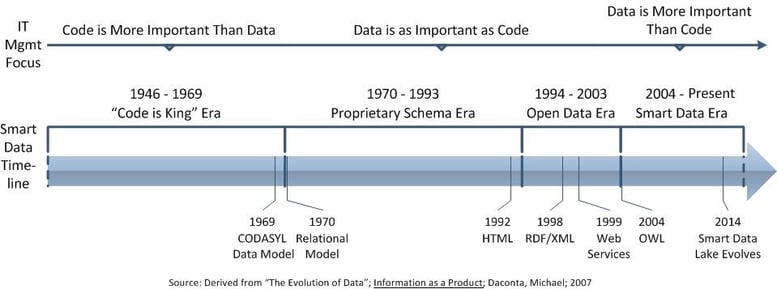With all eyes on the federal government at the moment, I thought I’d take a moment to discuss a topic that concerns all citizens – government transparency.
I’m not the only one who’s currently thinking about this all-important issue. Just recently, the Data Foundation released its State of the Union Report of Open Data 2016. The Data Foundation is the nation’s first industry-focused, open data research organization. Its ambition is to ensure all government information is expressed as standardized, open data — instead of paper documents — to enable better transparency for citizens and better management tools for government leaders.
I agree with the report’s basic premise that the U.S. federal government has come a long way in making data open to enhance transparency for all citizens. The very real progress in government transparency has been a bi-partisan success story, too, starting with the creation of the USASpending.gov site under the George W. Bush administration and continuing and accelerating under the Obama administration, with sites such as data.gov expanding our government’s commitment to open data.
While we love the idea of open data here at Cambridge Semantics, we believe there’s more for the government to consider, specifically regarding smart data and open analytics. While the open data examples and benefits discussed in the report are compelling, the private sector has taken open data to a much higher level via smart data tools with initiatives like linkeddata.org and schema.org.
The government’s open data initiatives should evolve the current standards to enable data contributors to explicitly define relationships among separate entities on the network, using the same or similar standards to these Internet initiatives. The World Wide Web Consortium (W3C) maintains a set of standards that enable smart data and open analytics to be shared over the Internet, and these can be applied to the government’s open data initiatives to promote additional transparency.
The following example compares the concepts of open data and smart data. Using data.gov today, I can find datasets that show an area’s average household income, housing starts, healthcare costs, crime, school improvement funding, and several other key data I might use in a home purchase decision. However, to do so, I have a lot of work to do, including sourcing, harmonizing, analyzing and correlating the data across these different sets. The issue is that a fellow citizen may have done this same task just days or even hours before. A smart data approach using richer models would expose pre-defined, inherent relationships in the data. This would enable a user to simply enter a ZIP code, select key attributes such as crime, average income, schools, etc. that are of interest, and then review results.
The concept of smart data has been a multi-decade evolution, as the timeline below shows. I will expand upon this concept in further detail in future blogs, and in an upcoming white paper.

Regardless of which candidate wins on Tuesday, our new President will need to continue to evolve the current government transparency initiatives to make the existing open data smarter and more efficient for citizens to use. The smart data work ongoing across the Internet provides the prescription to enhance transparency in the coming years for our government “of the people, by the people, and for the people."
To learn more about Smart Data, download our whitepaper "Transforming Data Management and Time to Insight for Federal Government with Anzo Smart Data Lake®".

